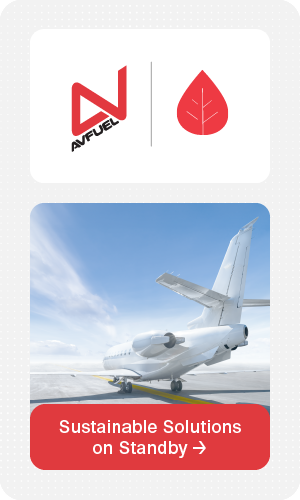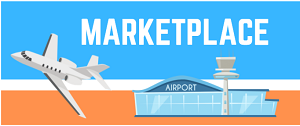A year ago, most of us were just beginning to imagine the scope of impacts that a worldwide pandemic would have on our industry and even our way of life. In March and April of 2020, any semblance of an operating plan was quickly thrown away by one organization after another as the business of business aviation was buffeted by the unprecedented shocks of the coronavirus. We now know much more about our personal and professional resiliency and our ability to course-correct in the face of bird strike with the COVID-19 black swan. It is headshaking to think that as recently as early 2020, one of the foremost challenges faced by business aviation leaders was the availability of pilots and aircraft maintenance talent. Today, leading our businesses back to health and high performance is a journey that ultimately revolves around serving our customers in ways that reflect how vital they are to our success.
Whether our offices are in a commercial building, our home, an aircraft cockpit or cabin, or the shop floor, the view of the runway in 2021 probably looks a little different for each of us. The good news is that by now, the worst of the pandemic’s impacts should be safely behind us as most people begin to recognize light at the end of the tunnel. Vaccination rates are accelerating. Phones are ringing. Business is being booked.
Aircraft sales, at least in the pre-owned jet market, were literally on fire in the last quarter of 2020, as buyers took advantage of attractively priced inventory and favorable U.S. depreciation rules. U.S. fight activity began to rebound as early as mid-year 2020, led by on-demand charter and later by fractional program flying. In the first two months of 2021, U.S. Part 135 flight cycles were up an impressive 27% YOY, led by the super-midsize and mid-size jet segment. Part 91K fractional program flying was up a remarkable 39%, led by demand for light jet flights, as customers were attracted to the value proposition of six- to seven-seat aircraft with three- to four-hour nonstop range – a product that fits well with the largely U.S. domestic mission. While international, long-haul, large cabin, and Part 91 non-commercial business jet flight operations have been slowest to rebound, these market segments should recover more assertively in the second half of 2021 with the resumption of face-to-face business meetings and reopening of international borders.
Although it may seem odd in the face of today’s recovering demand environment, it is not too soon to think about looming supply-side bottlenecks that could soon constrain a return to growth. If and when a surge occurs and we are witness to an acceleration in business trip flying, will we be ready for the demand? Will we have the people, processes, tools, equipment, systems, and training in place? While I would be amongst the first to proclaim these to be first world problems, they are problems nonetheless that should be bright on our radar screens. In the competitive environment of business aviation, someone is surely preparing to better serve your customers – hopefully that person is you.
While forecasting has become exceptionally difficult in our COVID-19 environment, feedback from our Q1 2021 JETNET iQ Global Business Aviation Survey suggests that business aircraft utilization (as measured by average flight hours per aircraft per year) is on a flight path to fully recover to pre-COVID levels by the end of 2022. Although this might seem like a long time for some business leaders, it is arguably quite remarkable given the buffeting that our industry and economy has recently experienced.
The runway ahead in 2021 is paved with opportunities to serve new and returning customers who are seeking the finest, safest, healthiest, and most secure flight experiences. Organizations focused on ensuring that these customers are delighted with their investment decisions are poised to lead our industry’s full recovery in the months and years to come.






